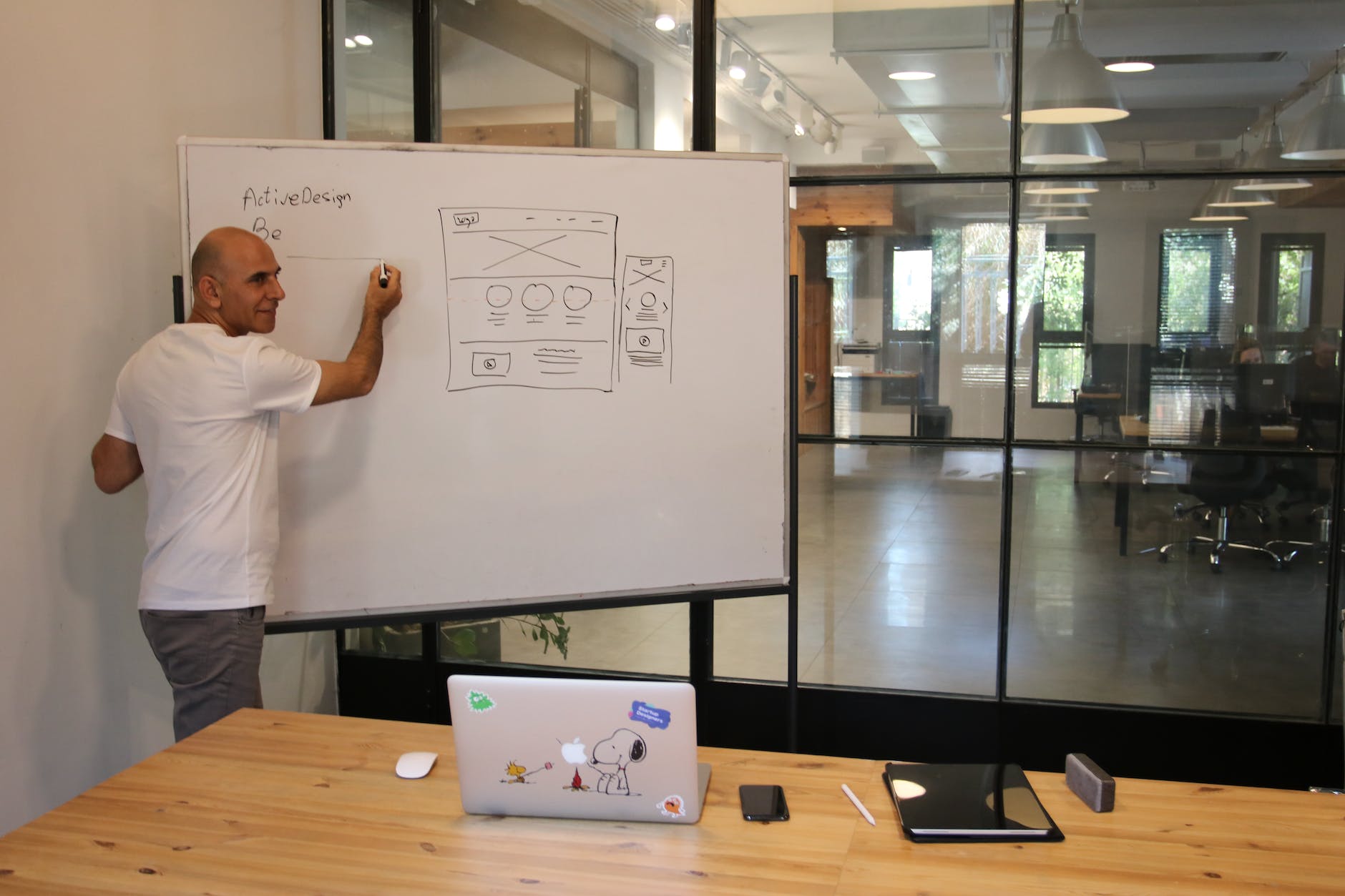
Teaching
An effective teacher is made of passion, knowledge, and skills. It is important for an educator to continually improve teaching methods to help the students learn the best way. This article will enumerate 10 Effective Teaching Strategies & On-Site Professional Development for Teachers that you can use to engage your students and facilitate successful learning.
1. Active Learning
Active learning is concerned with getting students involved in the learning process in the form of interactive activities. This strategy promotes students’ active participation, debriefing, and peer-to-peer collaboration. Engage them in hands-on tasks such as group discussions, debates, or problem-solving to promote critical thinking and a better understanding of the subject matter.
2. Visual Aids
Visual aids such as charts, graphs, diagrams, and videos can be used to communicate the most complex concepts to all kinds of students. Visual aids can improve understanding, strengthen memory, and make learning interesting. In this case, you can provide information in a way that will appeal to the visual learners among your students and enhance their understanding.
3. Differentiated Instruction
All students have different learning styles and strengths. Differentiated instruction is the application of customized teaching techniques suitable for different learners. By using several teaching styles such as lectures, group work, individual projects, and multimedia resources, you may address the varied learning needs and preferences of your students. This is a strategy that encourages an environment where each student gets an opportunity to achieve.
4. Technology Integration
The integration of technology into the classroom is a must-have in the digital age. Engaging student interaction can be enhanced using educational apps, online sources, and interactive software to promote individual learning and immediate feedback. Another advantage of technology is that it offers differentiated teaching and provides more options for learning styles. Technology can be used to create an interesting learning environment.
5. Effective Communication
Your students will learn better with good communication. Effective communication includes clear and concise instructions, active listening, and providing constructive feedback. Building open dialogue among students helps in creating a positive learning atmosphere. Ensuring that students ask questions, present their ideas, and get clarity on what is discussed is important for their active participation in the learning process.
6. Encouraging Critical Thinking
The fundamental aspect of effective teaching is to encourage critical thinking. You promote higher-order thinking through raising thought-provoking questions, problem-solving approaches, and challenging the students to analyze and evaluate information. This approach gives students the freedom to reason out and see the relationship, thus, understanding the topic better.
7. Classroom Management
Good classroom management is crucial in ensuring a good learning environment. Clear expectations, rules, and routines facilitate discipline and order. These include positive reinforcement, mutual respect, and creating a safe and inviting learning environment.
8. Active Assessments
Traditionally, assessment has been mostly about memorizing and vomiting facts. On the other hand, using active assessments like projects, presentations, and group work, can afford a better insight into how much students have learned. Through active assessment, students can demonstrate their understanding and creativity as well as their critical thinking skills.
By using various types of assessment, you involve students in learning activities and offer them to demonstrate their thoughts.
9. Collaboration and Group Work
Peer-to-peer learning, communication, and teamwork are enhanced through group work and collaboration. You can give group projects or assignments whereby students can exchange ideas, share knowledge, and work towards a mutual objective. This approach promotes belonging among students and develops their necessary social skills.
10. Reflection and Feedback
It is significant because reflection and feedback play a role in learning. You enable the students to be involved in self-assessment and directed learning. Students who reflect on themselves are better able to identify their strengths, areas for improvement, and goals as they strive to become lifelong learners. Additionally, providing students with timely and thorough feedback helps them understand their progress and the reasons they should keep doing their hardest.
Conclusion
The ten effective teaching strategies and techniques can be implemented to improve your teaching practice and make it better for the students. You create a stimulating learning environment by involving active learning, visual aids, differentiated instruction, technology integration, effective communication, encouraging critical thinking, classroom management, active assessments, collaboration and group work, and reflection and feedback.






